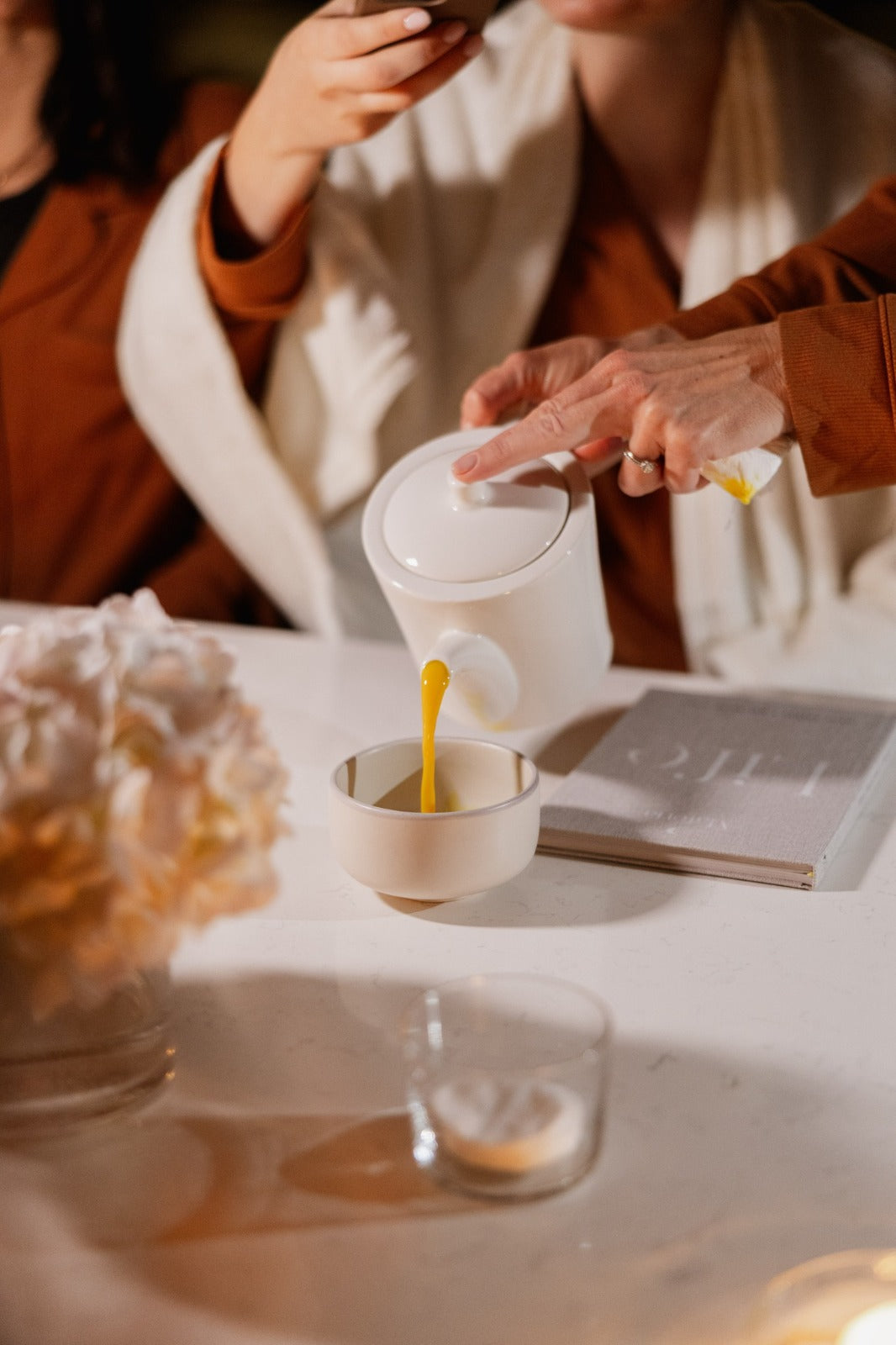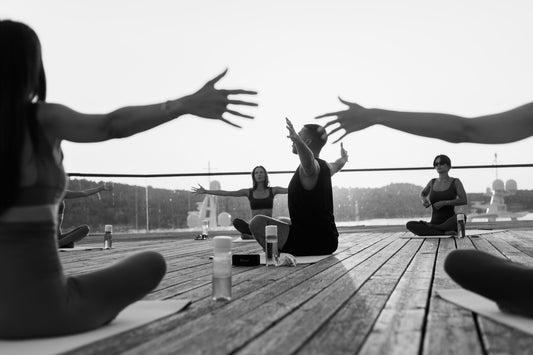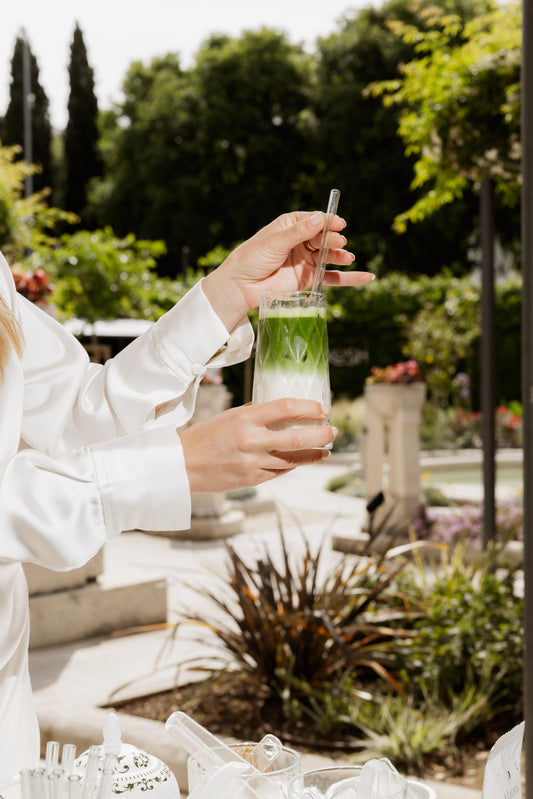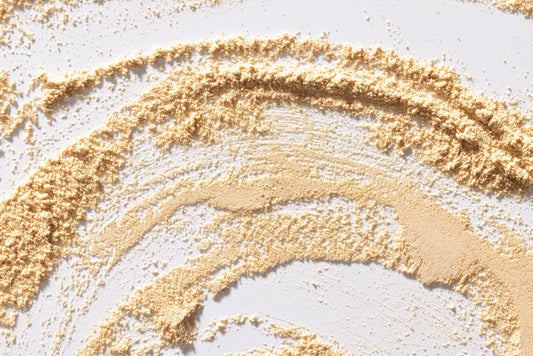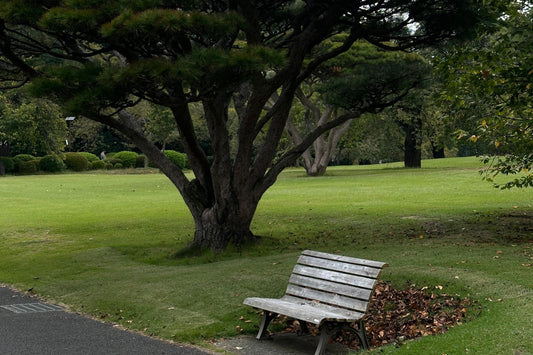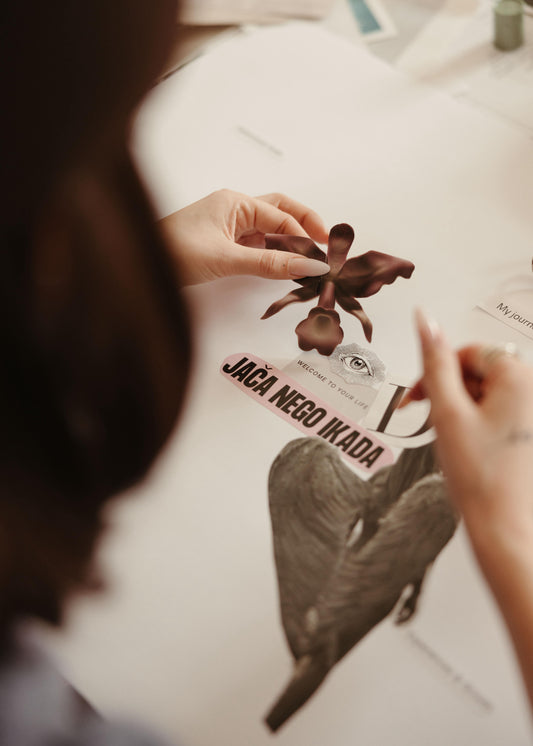Fall Self-Care Rituals
Autumn is the season when we most clearly feel that quiet, grounded calm, or at least we should. It exists despite our efforts to finish the year, meet plans, obligations and deadlines.
Once, autumn was a time of slowing down and gathering, enjoying the fruits of our labour, soaking up the last rays of sun, spending time outdoors, and preparing for the long winter rest. Winter is dormancy, but autumn is still life: preparation, work, and enjoyment of what has ripened.
Can we apply that ancient wisdom today, in our modern rhythm that rarely allows a pause?
What do seasonal rituals mean for us today, and how can we weave them into our well-being routine?
The crunch of leaves underfoot, the crisp air scented with smoke and earth, the gentle darkness falling earlier each day, all remind us that nature changes but never disappears. Autumn invites us to gather what nature still offers: scents, colours, light, until everything quiets and we begin to observe the world through glass.
The darker months aren’t easy for everyone. While some find comfort, others feel loneliness. Some find peace, others anxiety. It’s no coincidence that World Mental Health Day is celebrated in October.
Despite all its beauty, autumn asks for a gentler approach to ourselves
Despite its beauty, autumn asks for a gentler approach to ourselves. To replace a quick shower with a warm bath. To nourish the skin, and the soul. To find peace in a book, a candle or silence. To regulate sleep, invite light in, eat colours, and connect more often with people around us.
Of course, it’s easier said than done. That’s why below are a few simple rituals to include in your autumn self-care routine. When the shortest days arrive and the sun shrinks to just a few precious hours, it’s vital to remember that this too shall pass. The sun will return. And while the outer world quiets, we have a chance to hear the inner one: our body, our breath, what we truly need.
1. Light and daily rhythm
The first thing autumn takes is light, and it’s what we need most.
Shorter days shift our inner clocks and hormone levels that affect mood and energy. Instead of quick fixes (another coffee, another alarm), we can try something simpler: conscious exposure to light.
Ten minutes of morning walking, light through the window while sipping tea, a few deep breaths of fresh air before the day begins. Small things that reconnect us to nature’s rhythm. Autumn teaches us that light isn’t just external, it’s something we cultivate within.

2. Food as ritual
As the cold settles in, the body craves warmth. Food becomes more than fuel.
Soups, stews, pumpkin, sweet potato, golden milk with turmeric, tea, all are flavours that warm and ground us. Cooking in autumn is more than meal prep, it’s an act of slowing down.
The aroma of food cooking slowly, the rising steam, the warmth beneath our fingers as we hold a cup, these sensations bring the body into the present moment. Mindful eating happens not in thought but in the senses.

3. Slowing down and introspection
Writing a journal, a brief gratitude note at the end of the day, or listing thoughts to release are simple ways to clear the mind.
No need for deep analysis. Just ask: What no longer serves me? What do I want to carry forward? Autumn is the season of letting go, of mental clearing, but also gentle beginnings. When we let silence speak, we hear what we truly think.
Writing a journal truly changes your life, and all that matters is to begin.

4. Movement and nature
Cooler days don’t mean an end to time outdoors. On the contrary, walking through forests, parks or along rivers can be pure therapy. The sound of leaves underfoot, the crisp air, the rhythm of breathing, moments that restore harmony between body and mind.
Movement doesn’t have to be intense. Walking, stretching, (a few yoga poses by the window) - these are enough. Movement in autumn isn’t about competition but alignment. Nature slows down, and so do we.

5. Hygge and home
As days shorten, home once again becomes the centre of the world. It’s not just the space we live in but an extension of our inner state. Candles, blankets, soft lights, scents of wood, tea and vanilla, all create safety and warmth.
Creating comfort isn’t superficial, it’s a psychological need. A peaceful home reminds us that calm can be a choice. When the outer world grows cold, our home becomes both a refuge and a mirror of what we hold within.
6. Social ties and togetherness
During a season of retreat, it’s easy to forget how much we need others.
Autumn is a time of gathering: dinners, conversations, shared cooking, book clubs. These aren’t just social events, they’re rituals of connection that warm us as much as a cup of matcha tea.
Togetherness doesn’t need to be loud or grand. A message, a short call, a small gesture of care are enough. When we nurture relationships, we strengthen resilience. Autumn reminds us that warmth comes not only from within, but between us.

The most important autumn ritual – seeing the fruits of your work and saying “I AM ENOUGH”
Perhaps the most important thing is to introduce all rituals gently, without pressure or perfection. Don’t turn them into to-do lists but reminders that you can slow down.
We don’t have to adopt everything we see on social media, nor measure our peace by someone else’s rhythm.
It’s enough to recognise small seasonal habits that bring warmth and presence: a familiar walking route, the first coffee by the window, a few sentences in a notebook.
Autumn teaches gratitude, to look back, acknowledge all we’ve created and achieved, and peacefully harvest the fruits of our efforts. Maybe that’s the most important autumn ritual, to recognise how far we’ve come and how much we’re worth.

